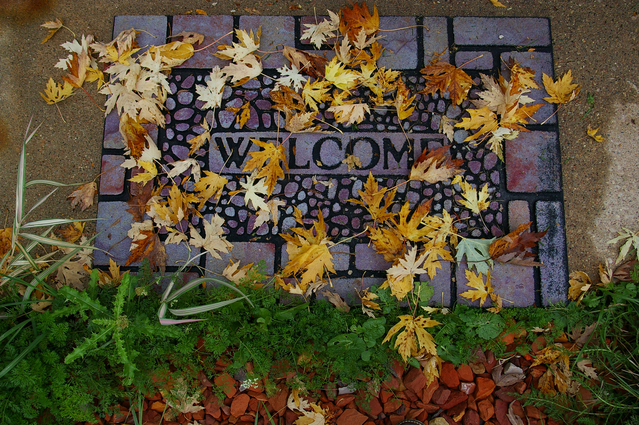It will take more than policy changes to make the LDS Church a welcoming place

Spend half an hour in the right sector of Twitter, and you’ll be besieged by hopes and dreams for the LDS Church to become more welcoming.
If you want a good example of a welcoming congregation, look to San Francisco’s Metropolitan Community Church. In an article pegged to the 40th anniversary of the first reported AIDS deaths, Harvard-trained scholar Lynne Gerber recounts the ministry of Jim Mitulski. Gerber describes how the minister arrived in San Francisco in the midst of the epidemic. In the Castro, the City’s dense gay neighborhood, people were dying, grieving, and taking care of each other the best they could. Mitulski called it a “death village.” Their needs were far more than medical, and Mitulski jumped in to do what he could with his ministry, which meant establishing rituals that let people join together: lovers in commitment, mourners in grieving, fellow congregants in Holy Communion. He was one of very few white gay leaders to acknowledge racism and forge ties with Black communities. Gerber quotes him: “The fringe is my home. And it’s also where I believe Christianity is. That’s where it finds its meaning.”
That quote struck me hard. Mormons seem not to consider going out to people in need; they talk of bringing them in, and only conditionally. Just think how many Mormon milestones are preceded by a worthiness interview. You can’t come in. You must be let in.
I hadn’t understood this properly until I read Katie Langston’s book Sealed, in which she recounts growing up Mormon, tormented by worries of unworthiness. (She imagines that she has suppressed memories of doing wrong and tries to confess and repent.) Any encounter with a Priesthood leader triggers Langston’s fears that she is not good enough and never will be no matter how hard she tries. She suffers from a form of obsessive compulsive disorder known as scrupulosity. It is heartbreaking how perfectly the Church amplifies it.
The concept of grace gives Langston what the “one, true Church” could not: solace. She learns to believe that God loves her just as she is. She doesn’t have to worry about being enough, only to accept that God’s love is more than enough. (She is now training to be ordained a Lutheran minister.)
I remember growing up surrounded by Baptists who were literally afraid of facing fire, brimstone and the tortures of hell. Mormonism, I congratulated myself, was much gentler. But after reading Langston’s book, I asked myself, what is more terrifying than the thought that love must be continually earned?
An argument with Langston’s devout LDS father, who worries her friends are leading her astray, reveals the contrast between a gated mindset and a welcoming one. He tells her to show love for her friends by teaching them the Gospel. She says she can show love by accepting them as they are. He replies, “but the way they are isn’t acceptable!”
Those pushing for change within the Church focus on changing policy: equal membership for queer people and all genders, an apology for a racist past. The efforts are inspiring, laudable, and harder than they imagine. Langston and Gerber have made me realize that it’s not just Church policy that needs to change. The change must come to the core.
The milestones of a Mormon life and membership are gated. How welcoming can that be?

Very well put, Monya! A few years ago I attended a sacrament meeting near SLC. The speaker told us that much of his business was conducted downtown with “non-members.” In order to avoid judging these individuals, he said he liked to imagine them not as they are but as they would appear in the temple receiving their endowment. Aside from the ridiculous image of a delusional man wandering downtown SLC and envisioning everyone on the street decked out in white robes and baker hats, this stupid claim drives home the hubristic nature of Mormonism. Mormonism isn’t about welcoming or reaching out to others. It’s about exclusivity, the notion that they’re superior to everyone else/aka “non-members.”